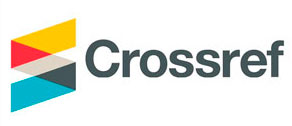Development of artistic and aesthetic interests of students with severe speech disorders in music lessons
Abstract
The article defines and substantiates the problem of artistic and aesthetic
education of younger schoolchildren with severe speech disorders (SSD) in
music lessons. It is noted that in the process of artistic and aesthetic
development of students with SSD there is a positive influence of art on the
formation of general cultural literacy of children. Scientific approaches to the
organization and management of the process of artistic and aesthetic
education of students with speech disabilities have been analyzed. It was
established that the main task of the method of forming artistic and aesthetic
skills in students with speech disorders is the development of their emotional
intelligence, communicative and creative abilities. The following means of
activating interests have been determined: selection of moderately difficult
tasks that awaken independent thought in the student; reliance on children's
experience and interests that have already arisen in them. A model of the
formation and development of the aesthetic culture of students with SSD is
presented, which consists of three stages. The development of artistic and
aesthetic interests is a necessary prerequisite for the successful assimilation
of knowledge and, accordingly, correction of the speech development of
elementary school students. This process involves the creation of a positive
attitude to the subjects of the aesthetic cycle, an emotional atmosphere in
the organization of classes, as well as stimulating the success of students by
pedagogically appropriate means. It was concluded that the use of a
pedagogical system (based on artistic and aesthetic complexes) in music
lessons and in extracurricular time will contribute to a deeper understanding
of music by students; will cause certain visual and auditory impressions in
them, will promote speech development.




